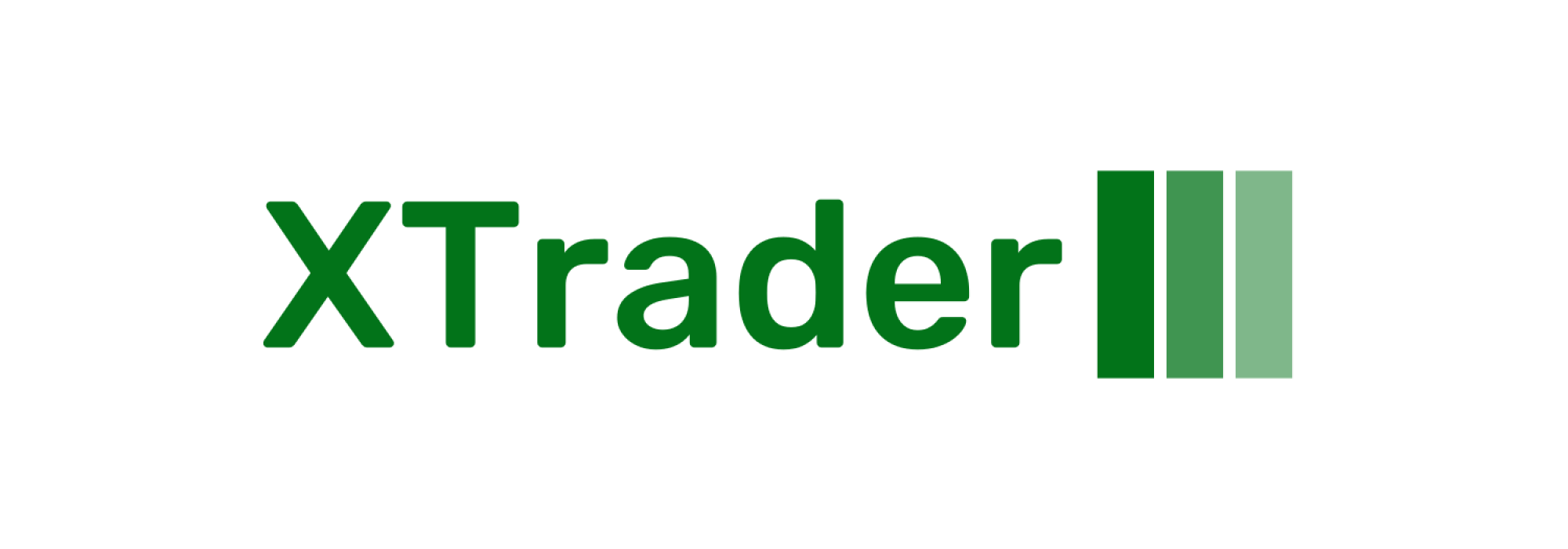In August, U.S. equities experienced a downturn as both the S&P 500 and Nasdaq-100 Indices recorded their initial monthly declines since February. The “Magnificent Seven,” which had driven over 75% of Nasdaq 100 gains in 2023 through July, displayed mixed results. Despite a 1.5% monthly decline, the Nasdaq 100, heavily influenced by the tech sector and AI, maintained a robust year-to-date performance, up over 42%.
Fitch Ratings downgraded the U.S. government’s credit rating from AAA to AA+ at the start of the month. The rationale included concerns about escalating debt at federal, state, and local levels and a perceived decline in governance standards over the past two decades.
U.S. treasury yields experienced volatility, rising from below 4% to a high of 4.35% before closing August at 4.11%. Bond market turbulence contributed to stock sell-offs in the initial three weeks, followed by a rebound in the final week.
Fed Chair Powell, in his Jackson Hole speech, maintained a cautious stance, emphasizing a data-dependent approach. Powell, along with other central bank policymakers, expressed a commitment to reducing inflation to the 2% target level, underscoring the need to proceed carefully in deciding on further tightening.
Concerns about China’s economic growth added to the August market decline. Weaker-than-expected credit, economic, and deflation data, coupled with unexpected rate cuts, rule changes on equity trading, and challenges faced by major real estate developers, contributed to a decline in the Golden Dragon China Index.
As inflation decreased and the labor market softened, the prospect of a “soft-landing” scenario gained traction. The belief that the Fed may not raise rates further reflected in Fed fund futures, with a 40% chance of a 25bps hike by year-end.
Earnings commentary revealed S&P 500 companies reporting their third consecutive quarter of year-over-year declines at -4.1%, outperforming the expected 9% drop predicted by analysts. Notably, 288 of the S&P 500 constituents mentioned “inflation” on their Q2 calls.
In economic commentary, the U.S. Department of Labor’s August Employment Situation Report indicated slightly weaker-than-expected job creation, with a lower unemployment rate and stronger hourly wage growth, suggesting a robust labor market near full employment.
July’s CPI was in line with expectations, and PPI increased, while retail sales rose for the fourth straight month. The Federal Reserve Bank of New York reported a significant increase in American credit card debt, surpassing $1 trillion, potentially signaling challenges for consumers.
U.S. Initial Jobless Claims remained consistent with a tight labor market, and the U.S. Department of Commerce revised Q2’23 GDP estimates downward, aligning with the soft-landing scenario. Personal income increased, but the personal savings rate decreased to its lowest level this year.
The Conference Board’s Consumer Confidence Index fell in August, signaling potential challenges for consumer spending. The rising dollar in August, despite a 1.7% increase, reflected a broader downtrend since last September, influenced by expectations of a halt in Fed interest-rate hikes.
In the energy sector, oil futures rose over 2% in August, extending a three-month gain streak. The dollar’s 1.7% rise contributed to concerns about its impact on stocks, as speculators anticipated further weakening due to potential Fed policy changes.
